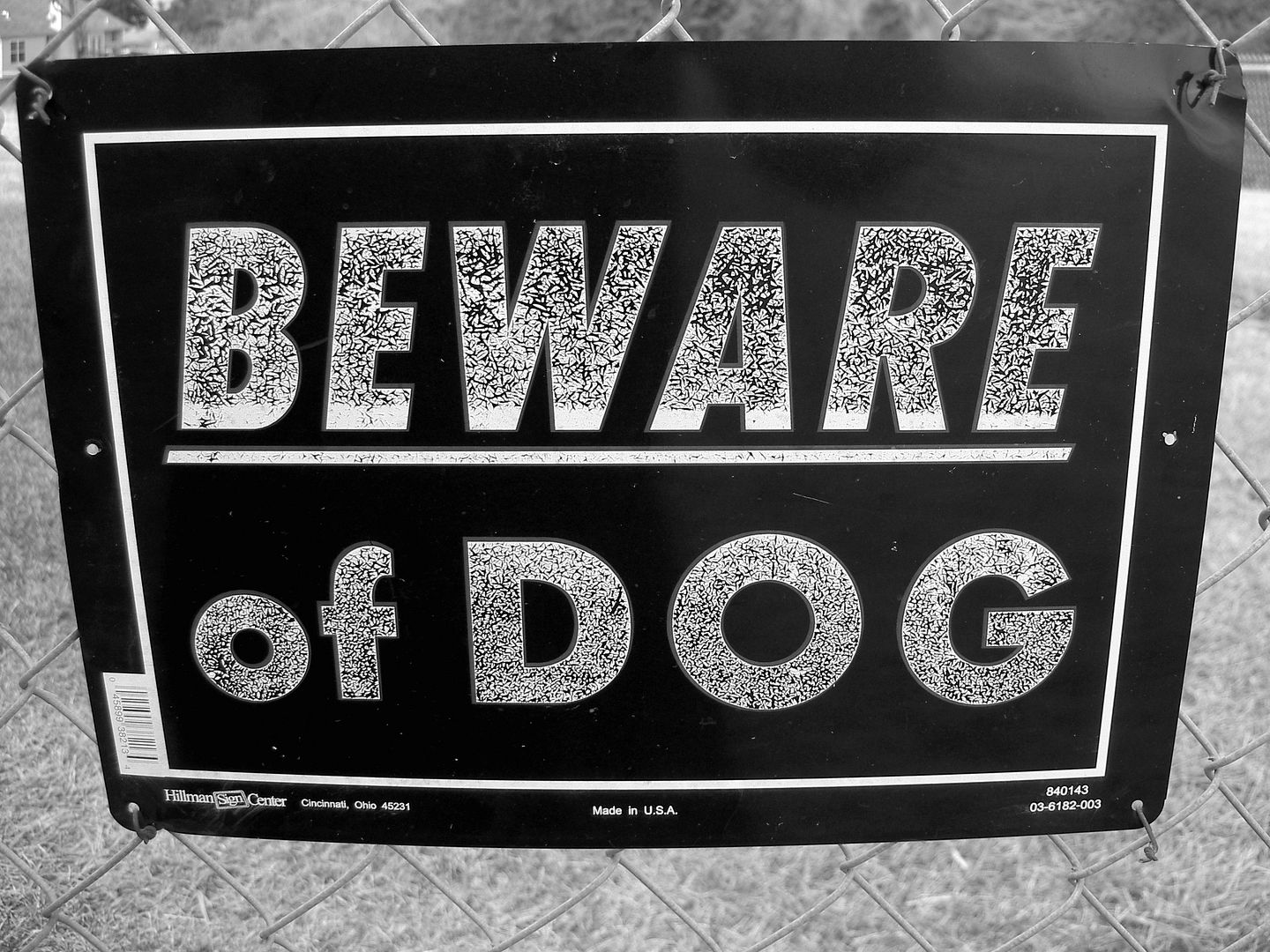
Above: Humans are Animals, Dogs are Animals BUT…
Are you fulfilling your pet’s needs or yours? I want you to take a couple of minutes to think about this question.
It came up during a passionate discussion about this with a friend of mine who is actually involved in the pet industry as a manufacturer of dog and owner apparel.
She also has a few show dogs and likes to accessorize so that they all coordinate. In addition, she enjoys participating in dress up contests and other activities.
Most of her dogs like the attention but not every animal does.
As for me, I have held events with such activities. Come to think about it, I believe my parents had me dress up and present my pet as a child.
There must have been some sort of adornment on the dog–but I don’t think animals need to be dressed up like dolls or treated like accessories.
Now, the whole thing that got this discussion going was that she and I are on opposite ends of the spectrum when it comes to animal management.
I, quite frankly, am a harda** which is how I got the nickname, Doggie DI in the local dog training community.
Truth be told, I am harder on the pet owners than the animals.
But by harda**, I actual mean that my first priority is the mental and physical health of the animal before my needs and desires.
I’m the sort of person that does animal chores first and makes sure the animals are looked after before my needs are.
My friend on the other hand, has a different modus operandi entirely. And although she enjoys her animals, she also humanizes them and she gets around to the chores but doesn’t prioritize her animal management like I do.
Now truth be told, I have the view that humans are primates and dogs are canines. What that means is, by our very classification, we are different.
But although the fact is that we are all animals, the differences should be respected. Part of that respect means not trying to morph animals into something they are not.
Nor does it mean taking actions to make our charges into things that fulfill some human need.
This means my priority is to fulfill the animal’s needs and not mine–although at some level, all relationships with an animal fills some sort of need…but that is another discussion.
Anyway, the whole dialog came from my distress when watching an online video of a new reality series (gag) called, Doggie Moms.
Seriously, it made me cringe.
But people seem to think nothing of the things covered in the series these days and so will probably find it entertaining and it will probably get good ratings.
*sigh*
Now in my experience, there are the urban pet owners that spare no expense on their precious pets. Those in the pet industry call this the trend toward humanization. (In the zoological or exotic animal realm it is called anthropomorphism) And this trend presents many opportunities to market products and services to those pet parents because of those views–but that doesn’t mean it sits well with everyone.
Then there are those animals who get no such treatment. Some live in rural areas and on farms where they work hard and are usually are not pampered. Life takes a different path for all involved.
Animals on the farm are not likely to get specialty surgery and water therapies that escalate into bills of thousands of dollars. Some metro pets might.
Pet insurance, that I used to have a hard time convincing owners to get, is now a necessity. The mere cost of veterinary care today is astounding.
Fifteen years ago I saw the indulgent trends coming mainly from more affluent circles. I also saw a real disconnect from the animals and that resulted in some bizarre (and bad) behavior problems.
Today those trends have hit mainstream. For instance, this week I saw the article about Little Yippers, Big Nippers. Basically, there is an increase in bad behavior in pampered pets because people do not understand how to live and work with them to prevent issues.
Now not all pampered pets are doggie delinquents or felonious felines–but without guidance and rules, they can become that way.
Anyway, I’ve touched on this briefly before so if you have not read my commentary, Animal Professional or Animal Lover, read it.
And what exactly are my views about an Animal’s Minimum Daily Requirements?
Animal Minimum Daily Requirements
- mental stimulation & occupation
- physical activity
- companionship
- adequate and regular veterinary care
- appropriate nourishment or nutrition
- daily assessment and quality management
- a suitable, safe, secure, clean and comfortable environment
Notice that this list does not include doggie proms or dress up.
Of course, everyone has their own version of what works for them, their animals, and their family. So tell us yours in the comments.


